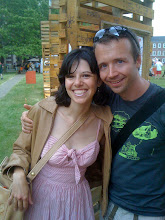










In Krasnoyarsk, I spent a week working every afternoon/evening with a master class of teen and young adult students to produce a thematic mural at a local public school. The group was assembled by project manager Irina Ulanova through a partnership with the Krasnoyarsk Museum Center--many had done a similar CEC ArtsLink workshop a few months prior and some were experienced art students. I began the project with a slide show lecture introducing a wide range of public art in NYC and across the United States, and my own work. I presented a general project theme of "Ideal Krasnoyarsk," based on a series of exhibits I had just finished curating in NYC, "Brooklyn Utopias," which had invited artists to respond to the theme of Ideal Brooklyn. Given the short time frame of the project and especially upon learning that street art and graffiti culture is of great interest to young Krasnoyarsk artists, I decided to make quick and low-budget street art techniques like stenciling the basis of the project. I showed examples in my presentation to inspire students.
The group was extremely proactive in collaboratively planning and executing the project under my guidance. In two planning workshops, the participants narrowed down the "Ideal Krasnoyarsk" theme to address the specific importance of preserving the architecture of the past and encouraging a vibrantly artistic future. We divided the mural composition into three main sections: past, represented by black and white stencils of demolished Krasnoyarsk buildings, on pages flying out on either side from a central book where two adjacent walls intersect; present, represented by solid green and brown skylines of current-day Krasnoyarsk and a river; and future, represented by freestyle, abstract graffiti landscapes by the more virtuosic artists in the group--these seem to overtake the present-day skyline, suggesting the importance of youthful artistic expression in an ideal future. The mural's title, "Ideal Krasnoyarsk," appears in several places, including the central book pages. The title and participant names are written side by side in both English and Russian, symbolizing the importance of global cultural exchange in an ideal society. To enhance this message, we also included two stencils of important NYC landmarks.
I was extremely impressed by this group of young artists who took so much initiative over the project, but at the same time was very open to discussion and direction from me. Special thanks to project managers Ira and Slava, for not only administrative and translation support, but for giving me a place to stay in their home, and the most fun introduction to Russia I could have hoped for!











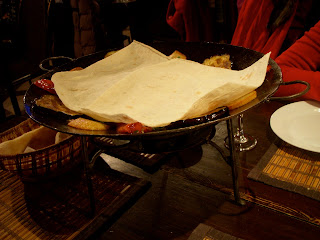






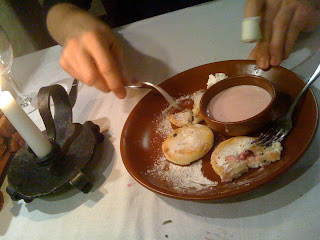 This dessert has a really long name I have since forgotten, but it was really good! I think these little pancakes are stuffed with some kind of cottage cheese and served with berry cream sauce. Yum!
This dessert has a really long name I have since forgotten, but it was really good! I think these little pancakes are stuffed with some kind of cottage cheese and served with berry cream sauce. Yum!







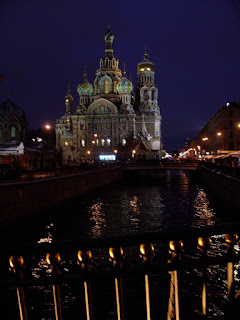

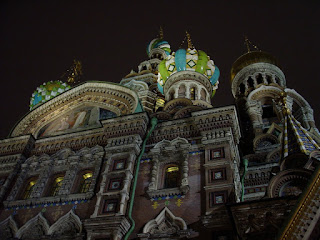




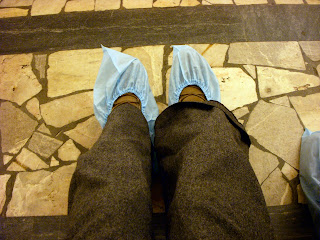














 They make you pay to take photos in most Russian museums...but in this one at least you get to wear a cool badge!
They make you pay to take photos in most Russian museums...but in this one at least you get to wear a cool badge!


